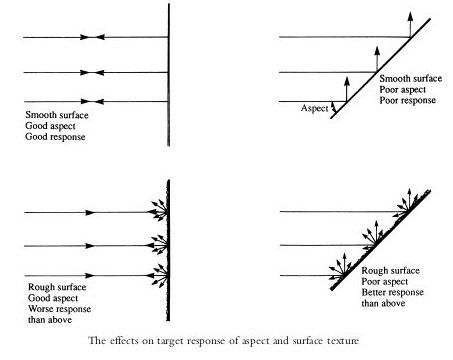j20blackdragon
SENIOR MEMBER

- Joined
- Sep 11, 2011
- Messages
- 2,224
- Reaction score
- 3
- Country
- Location
Here's a better source.
USSR planned nuclear attack on China in 1969 - Telegraph
USSR planned nuclear attack on China in 1969
The Soviet Union was on the brink of launching a nuclear attack against China in 1969 and only backed down after the US told Moscow such a move would start World War Three, according to a Chinese historian.
Andrew Osborn in Moscow and Peter Foster in Beijing
6:09PM BST 13 May 2010
The extraordinary assertion, made in a publication sanctioned by China's ruling Communist Party, suggests that the world came perilously close to nuclear war just seven years after the Cuban missile crisis.
Liu Chenshan, the author of a series of articles that chronicle the five times China has faced a nuclear threat since 1949, wrote that the most serious threat came in 1969 at the height of a bitter border dispute between Moscow and Beijing that left more than one thousand people dead on both sides.
He said Soviet diplomats warned Washington of Moscow's plans "to wipe out the Chinese threat and get rid of this modern adventurer," with a nuclear strike, asking the US to remain neutral.
But, he says, Washington told Moscow the United States would not stand idly by but launch its own nuclear attack against the Soviet Union if it attacked China, loosing nuclear missiles at 130 Soviet cities. The threat worked, he added, and made Moscow think twice, while forcing the two countries to regulate their border dispute at the negotiating table.
He quotes Soviet ministers and diplomats at the time to bolster his claim.
On 15 October 1969, he quotes Soviet premier Alexei Kosygin as telling Soviet leader Leonid Brezhnev that Washington has drawn up "detailed plans" for a nuclear war against the USSR if it attacked China.
"[The United States] has clearly indicated that China's interests are closely related to theirs and they have mapped out detailed plans for nuclear war against us," Kosygin is said to have told Brezhnev.
That same day he says Anatoly Dobrynin, the Soviet ambassador to Washington, told Brezhnev something similar after consultations with US diplomats. "If China suffers a nuclear attack, they (the Americans) will deem it as the start of the third world war," Dobrynin said. "The Americans have betrayed us."
The historian claims that Washington saw the USSR as a greater threat than China and wanted a strong China to counter-balance Soviet power. Then US President Richard Nixon was also apparently fearful of the effect of a nuclear war on 250,000 US troops stationed in the Asia-Pacific region and still smarting from a Soviet refusal five years earlier to stage a joint attack on China's nascent nuclear programme.
The claims are likely to stir debate about a period of modern history that remains mired in controversy.
Mr Liu, the author, admits his version of history is likely to be contested by rival scholars. It is unclear whether he had access to special state archives but the fact that his articles appeared in such an official publication in a country where the media is so tightly controlled is being interpreted by some as a sign that he did have special access.
USSR planned nuclear attack on China in 1969 - Telegraph


















